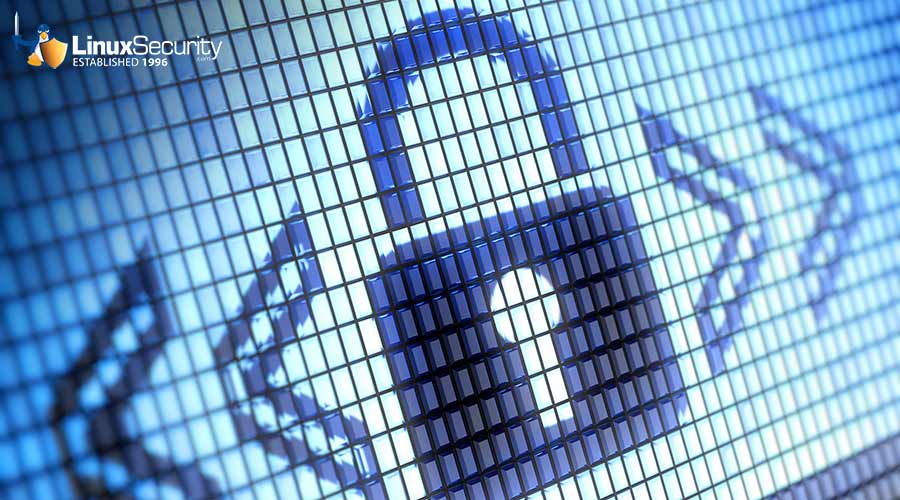SuSE: 2006-010: CASA remote code execution Security Update
Summary
-----BEGIN PGP SIGNED MESSAGE-----
Hash: SHA1
______________________________________________________________________________
SUSE Security Announcement
Package: CASA
Announcement ID: SUSE-SA:2006:010
Date: Wed, 22 Feb 2006 12:00:00 +0000
Affected Products: Novell Linux Desktop 9
Open Enterprise Server 1
Vulnerability Type: remote code execution
Severity (1-10): 10
SUSE Default Package: yes
Cross-References: CVE-2006-0736
Content of This Advisory:
1) Security Vulnerability Resolved:
remote root exploit in CASA PAM handler
Problem Description
2) Solution or Work-Around
3) Special Instructions and Notes
4) Package Location and Checksums
5) Pending Vulnerabilities, Solutions, and Work-Arounds:
See SUSE Security Summary Report.
6) Authenticity Verification and Additional Information
______________________________________________________________________________
1) Problem Description and Brief Discussion
This update fixes a remotely exploitable stack buffer overflow in
the pam_micasa authentication module.
Since this module is added to /etc/pam.d/sshd automatically on
installation of CASA it was possible for remote attackers to gain
root access to any machine with CASA installed.
This is tracked by the Mitre CVE ID CVE-2006-0736.
2) Solution or Work-Around
Upgrade to the fixed packages.
You can also deinstall CASA by doing:
rpm -e CASA CASA-gui CASA-devel
3) Special Instructions and Notes
None.
4) Package Location and Checksums
The preferred method for installing security updates on Novell Linux
Desktop 9 and Open Enterprise Server 1 is to use the Redcarpet
frontends, either via the GUI interface or the "rug" commandline
frontend.
The packages are also offered for installation from the maintenance web:
______________________________________________________________________________
5) Pending Vulnerabilities, Solutions, and Work-Arounds:
See SUSE Security Summary Report.
______________________________________________________________________________
6) Authenticity Verification and Additional Information
- Announcement authenticity verification:
SUSE security announcements are published via mailing lists and on Web
sites. The authenticity and integrity of a SUSE security announcement is
guaranteed by a cryptographic signature in each announcement. All SUSE
security announcements are published with a valid signature.
To verify the signature of the announcement, save it as text into a file
and run the command
gpg --verify
References


























